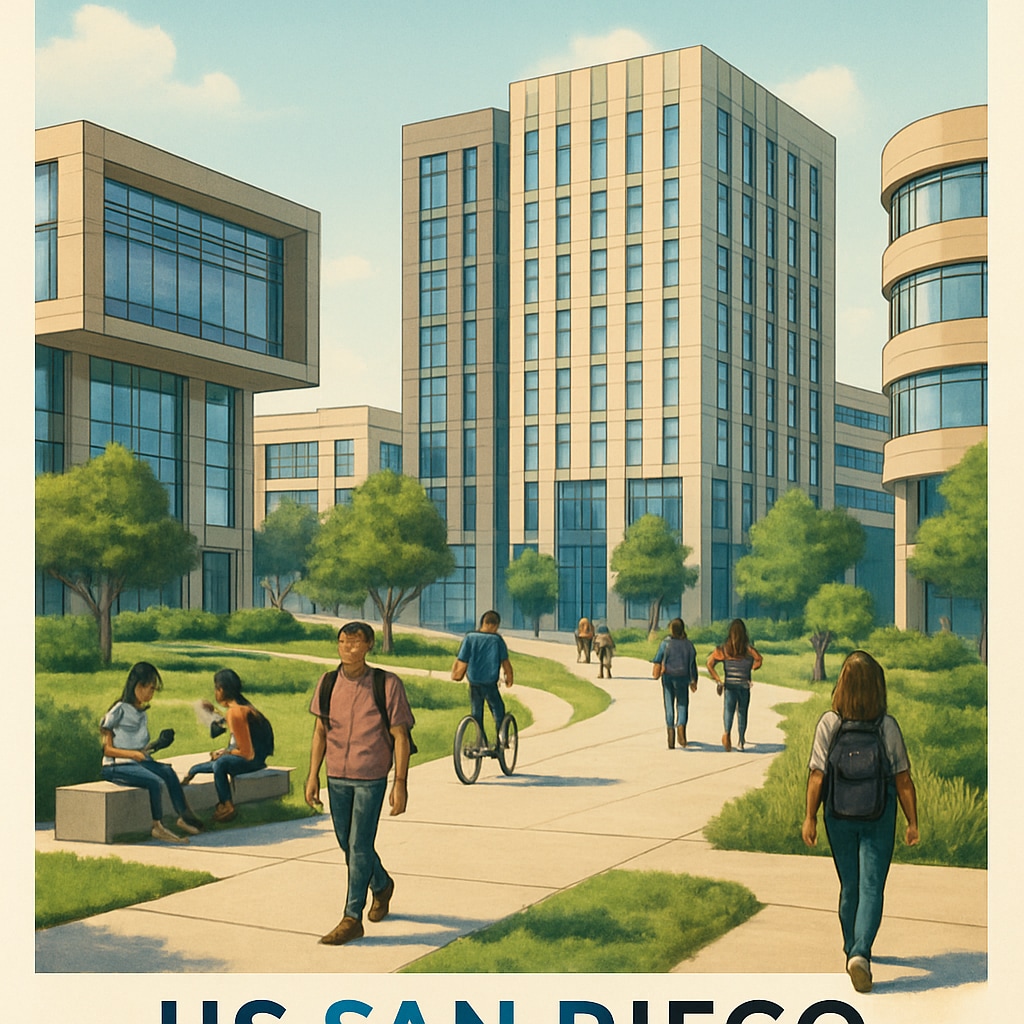UC San Diego’s ambitious enrollment expansion plan, which aims to make it the largest university on the West Coast by 2040, is set to transform higher education while posing significant challenges and opportunities for K-12 education systems. As the university prepares to accommodate tens of thousands more students, the ripple effects will require educators, policymakers, and families to rethink how students are prepared to thrive in this rapidly evolving academic landscape.
Transforming Higher Education: UC San Diego’s Growth Strategy
UC San Diego’s enrollment expansion plan is part of a broader initiative to enhance access to quality higher education for California students. By 2040, the university plans to admit significantly more students, leveraging new infrastructure, faculty recruitment, and program development. This growth reflects a rising demand for university education, driven by both population increases and the growing importance of advanced degrees in the job market.
Such a transformation presents unique logistical challenges, including managing class sizes, housing, and campus resources. However, it also underscores the need for K-12 education systems to adapt, ensuring students are prepared for the rigorous academic demands of institutions like UC San Diego.

Impacts on K-12 Education: Preparing Future College Students
The enrollment expansion plan has significant implications for K-12 education systems. As UC San Diego increases its capacity, the demand for highly qualified, college-ready students will grow. This necessitates a shift in K-12 education to focus more heavily on STEM (science, technology, engineering, and math), critical thinking, and soft skills such as collaboration and adaptability.
Moreover, schools will need to strengthen college counseling programs and partnerships with universities to help students navigate the increasingly competitive admissions landscape. The expansion will also put pressure on educators to address the equity gap, ensuring students from diverse socioeconomic backgrounds have equal opportunities to access higher education.
Key areas for improvement include:
- Enhanced focus on STEM and advanced coursework.
- Stronger early intervention programs for underserved communities.
- Improved collaboration between high schools and universities for smoother transitions.

Opportunities for Educational Innovation
While challenges abound, the enrollment expansion presents opportunities for innovation in both K-12 and higher education. For example, UC San Diego’s growth could inspire the development of more dual-enrollment programs, allowing high school students to earn college credits before graduation. Additionally, schools may adopt cutting-edge teaching methods and technologies to better equip students for the demands of university-level education.
In addition, policymakers can use this moment to address systemic inefficiencies in education funding and resource allocation. By prioritizing investments in teacher training, technology infrastructure, and curriculum development, K-12 institutions can align their goals with the evolving requirements of higher education.
As a result, this expansion serves as a catalyst for reimagining educational pathways, ensuring students are not only prepared for college but also for the challenges of a dynamic global economy.
Conclusion: A Call to Action for Educators and Policymakers
UC San Diego’s enrollment expansion plan is more than just a growth strategy—it is a wake-up call for the broader education system. While the university prepares to welcome thousands of new students, K-12 institutions must also adapt to prepare students for this new era of academic rigor and opportunity. By addressing challenges and leveraging opportunities for innovation, educators and policymakers can ensure that students succeed in both school and life.
As the West Coast’s educational landscape transforms, the collaboration between K-12 schools and universities like UC San Diego will be pivotal. It is essential to act now to build an education system that meets the demands of tomorrow’s students.


